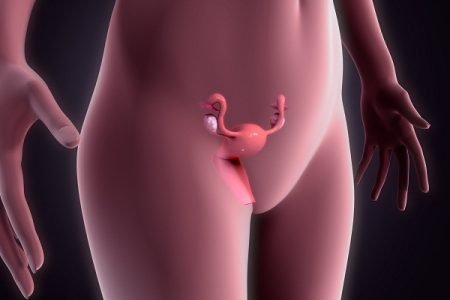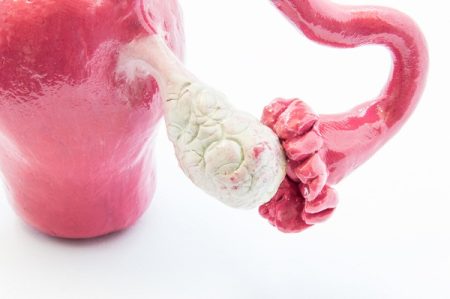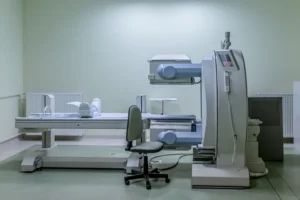How Is Endometriosis Diagnosed?
- Updated on: Jun 29, 2024
- 3 min Read
- Published on Oct 3, 2019
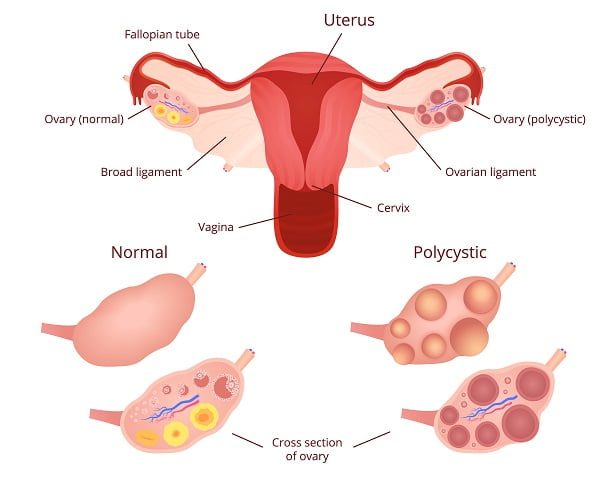
Diagnosing endometriosis
In general, the conditions that cause pelvic pain are diagnosed with knowing the severity and location of pain.
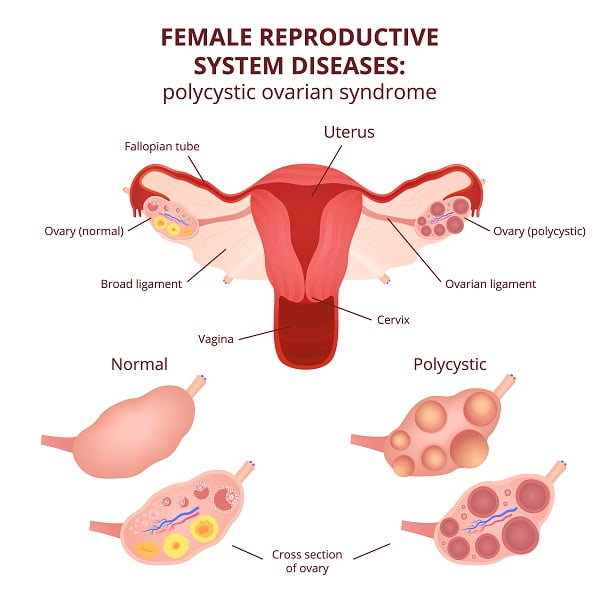
Following are the techniques used for the diagnosis of endometriosis:
Medical History
In most of the cases, endometriosis diagnosis is done clinically by knowing the medical history of a patient. As it is an estrogen-dependent disease, women with heavy menses have higher chances of developing this condition.
The doctor may ask questions related to menses for a better understanding of the situation. The condition is also associated with menstrual cycle pain. Moreover, many women suffering from endometriosis have chronic pelvic pain which is not related to menstruation.
The symptoms may sometimes overlap with other diseases. Women suffering from endometriosis also suffer from other syndromes like pain in bladder, irritable bowel syndrome and migraines.
In addition, problems like constipation and diarrhea are also associated with it. These symptoms also help in guiding proper diagnosis of the disease.
Pelvic examination
Pelvic examination is another method often used for the diagnosis of endometriosis. The doctor may manually examine the areas in pelvis for abnormalities.
Healthcare professional generally touches and sense presence of any scar or cyst in the uterus. However, it is not possible to sense small endometrial implant. Focal tenderness and nodule presence can be detected with it.
Laparoscopy
Laparoscopy is also used for the diagnosis of endometriosis. The procedure is done when rapid and effective treatment for infertility is required. It is used to detect any endometrial implants and scar tissue along with their removal.
However, laparoscopy is not a much-needed procedure. Often, it is recommended when pain is not relieved with other treatment options.
Ultrasound
Ultrasound is one of the most commonly available treatment options and an inexpensive tool for the diagnosis of endometriosis. It is generally used for the diagnosis of large endometrial lesions.
High-frequency sound waves are used to create image of internal organs inside the body. A device called a transducer is used by pressing it against the abdomen to create an image.
The device is sometimes inserted in vagina and the procedure is called as the transvaginal ultrasound. Doctors often suggest both the ultrasound techniques together to get a better view of reproductive system.
The technique may not diagnose endometriosis but is an effective procedure to identify cysts and other abnormal growths in the uterus.
CT scan
Computerized Tomography scan or CT scan is another method to determine whether the woman is suffering from endometriosis or not. This diagnostic method uses X-rays and computer technology to create images of the reproductive system.
The procedure is performed by a trained x-ray technician in a hospital or clinical center. Reports developed by CT scan are analyzed by a radiologist.
Unlike colonoscopy, anesthesia or sedatives are not given in this procedure. However, a solution is given to drink and an injection of contrast dye is given to the patient before CT scan. The contrast dye or contrast medium makes the structures present inside the body clear to see through the CT scan.
Doctor asks the patient to lie on the table that slides inside a tunnel-shaped device.
Blood test
Doctors also recommend blood test for the detection of CA-125 marker for endometriosis diagnosis. CA-125 is a common cancer marker present in blood and often used for the diagnosis of ovarian cancer.
According to a research, more than 30% cases of endometriosis show an increase in the level of CA-125 marker in blood. Though an elevation in the level of this marker is not threatening, it should be taken as a warning sign.
In an interesting study, it was found that moderate and severe cases of endometriosis have normal level of this marker but mild cases have elevated level.





